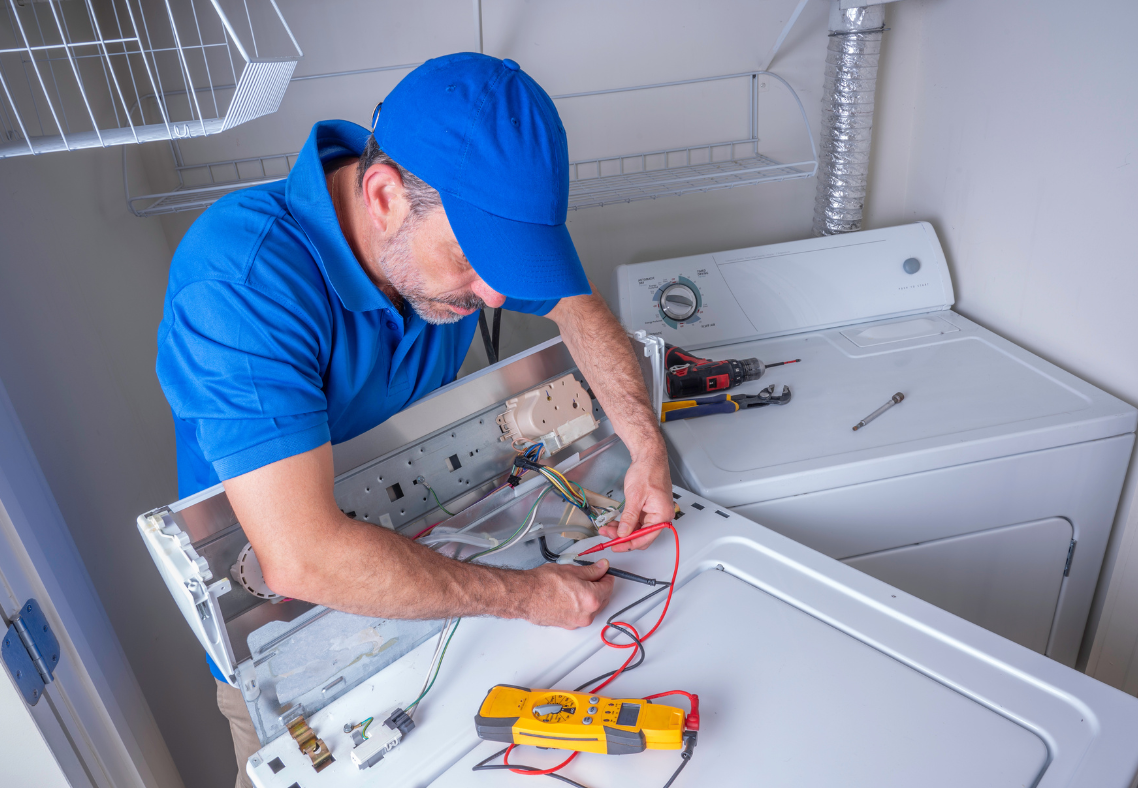What Is The Role Of An Electrical Load In Pittsburgh Homes?
In the realm of electrical systems, the concept of an electrical load plays a pivotal role in determining the efficiency, functionality, and safety of our homes. As residents of Pittsburgh, PA, it’s essential to grasp the significance of electrical load management to ensure the smooth operation of our household appliances and systems. Let’s delve into what exactly constitutes an electrical load, the varieties encountered in homes, and how they function within our residential infrastructure.
Answering The Question: What Is The Role Of An Electrical Load In Pittsburgh Homes?
What is an Electrical Load?
At its core, an electrical load encompasses any device or appliance that consumes electricity within a circuit. For homeowners, the focus primarily revolves around the electrical appliances and applications present in their homes. Essentially, the electrical load represents the power required to operate these appliances and directly influences the energy consumption, subsequently reflected in monthly electric bills.
Varieties of Electrical Loads
Electrical loads can be categorized into distinct types based on their operational characteristics:
- Resistive Loads: These loads convert electricity into heat and are commonly found in appliances such as incandescent light bulbs, toasters, and electric heaters. The primary function of resistive loads is to generate heat by passing electrical current through a resistive component like a heating coil.
- Inductive and Capacitive Loads: Devices containing motors, such as refrigerators and washing machines, fall under inductive loads. These loads require a high initial current surge before settling into a lower operational current. Capacitive loads, on the other hand, store electrical energy and discharge it as needed, as seen in certain power factor correction devices.
The Functioning of Electrical Loads in Our Residences
Within our homes, electricity flows through a meticulously designed network of wiring, circuits, and distribution panels. Here’s how this intricate system operates:
- Distribution: Electricity is supplied to our homes from the utility company through a main circuit breaker or fuse box. It is then distributed to various circuits, each catering to different parts of the house.
- Circuit Wiring: The electrical system is strategically planned to allocate power to specific areas or groups of appliances. Wiring within these circuits is chosen and sized appropriately to handle the electrical load safely, with heavier appliances requiring thicker wiring.
- Load Balancing: Proper load management involves evenly distributing the electrical load across circuits to prevent overloading. Overloading a circuit can lead to tripped circuit breakers or blown fuses, resulting in a power outage for that specific circuit.
Safety Measures
To ensure the safety of electrical loads in our homes, several vital safety mechanisms are in place, including circuit breakers and ground fault circuit interrupters (GFCIs). Circuit breakers automatically cut off power in the event of an overload or fault, mitigating the risk of electrical fires and hazards.
The Importance of Load Management in Pittsburgh Homes
Efficient load management is crucial for maintaining the integrity and reliability of our home’s electrical systems. With the increasing reliance on electrical appliances and devices, proper load distribution and monitoring are essential to prevent system failures, electrical hazards, and potential damage to equipment.
Common Electrical Load Issues in Pittsburgh Homes
Despite the advancements in electrical technology, homeowners in Pittsburgh may encounter various electrical load-related issues that warrant attention:
- Overloaded Circuits: Adding too many devices to a single circuit can overload it, leading to overheating and potential fire hazards. It’s essential to distribute electrical loads evenly across circuits to prevent overloads.
- Outdated Wiring: Older homes in Pittsburgh may have outdated wiring systems that are inadequate to handle modern electrical demands. Upgrading to newer, safer wiring can enhance electrical load capacity and reduce the risk of electrical failures.
- Inadequate Circuit Capacity: Insufficient circuit capacity can limit the number of electrical devices that can be connected to a circuit, leading to frequent tripping of circuit breakers. Upgrading circuits to accommodate higher loads can improve the reliability of the electrical system.
Contact Waldron Electric For Residential Electrical Repair Services In Pittsburgh, PA
At Waldron Electric, we espouse an unwavering commitment to the safety, functionality, and reliability of your home’s electrical infrastructure. Whether you’re grappling with electrical issues, seeking professional guidance on load management strategies, or contemplating a comprehensive electrical inspection, our seasoned team of electricians stands ready to deliver tailored solutions tailored to your specific needs. Don’t compromise on the safety and integrity of your home—reach out to Waldron Electric today for unparalleled residential electrical repair services in Pittsburgh, PA, and embark on a journey towards enhanced peace of mind and electrical efficiency.

